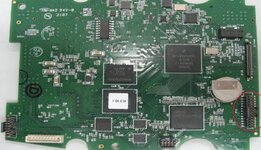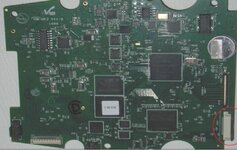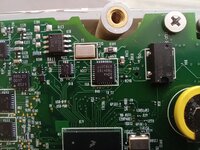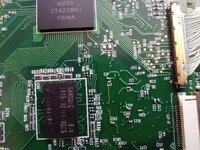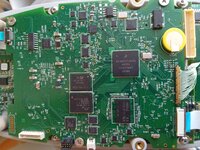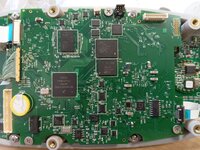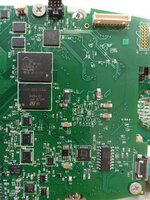agoo
Member level 3
Hello, We are using a device with a single board computer inside. It has a usb and rs232 ports for its PC software to communicate with the device for data transfer. I want to browse files and directories inside this computer. I tried windows xp "ActiveSync" and windows 7 and 10 "windows device mobile center" but my PC did not detect the device and I couldn't sync and browse files and directories inside the device computer. Any advice how to do this? or is there any software I can find for this purpose?
thx
brand of the single board computer is attached

thx
--- Updated ---
brand of the single board computer is attached
Last edited:
